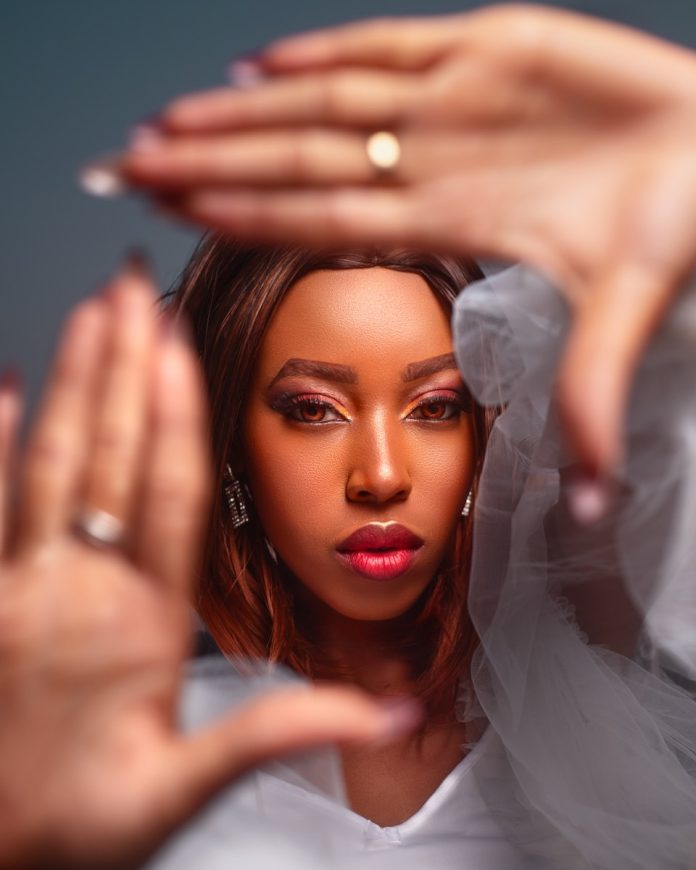Fashion photography is an art form that captures not only the clothing and accessories of a brand but also the essence, mood, and personality of the model, the setting, and the culture behind the designs. It’s a medium that has evolved significantly over the years, moving from static studio shots to dynamic, high-energy compositions that tell a story. Fashion photography is about more than just taking pictures of clothing; it’s about creating an image that communicates a narrative and evokes emotions, all while showcasing the art of fashion. Whether you’re a budding photographer or someone looking to refine your skills, mastering the art of fashion photography requires technical know-how, creativity, and an understanding of how to bring together all the elements of a photo shoot.
Understanding the Role of Fashion Photography
Fashion photography serves a critical role in the fashion industry. It helps create the visual identity of a brand, setting trends, communicating style, and showcasing products in an appealing, artistic way. High-quality fashion photography is often the key factor that makes a piece of clothing or accessory desirable to consumers. It’s about presenting fashion in a way that resonates with people’s desires, emotions, and aspirations. The power of a great fashion photograph lies in its ability to elevate a garment, turning it into a must-have item.
To be effective, fashion photography needs to evoke more than just a visual reaction; it needs to stir an emotional one. Whether it’s the elegance of a couture gown, the rebellious energy of streetwear, or the playful exuberance of swimwear, fashion photography must align with the brand’s story, mood, and aesthetic. Successful photographers are not just technical experts—they are storytellers, capable of translating abstract concepts into compelling visual art.
The Essential Elements of Fashion Photography
While there are numerous styles of fashion photography, certain fundamental elements should be considered when capturing fashion images. These elements include lighting, composition, styling, location, and the model’s performance. Let’s break down these crucial components:
Lighting: Setting the Mood
Lighting is arguably the most important aspect of fashion photography. The way a photograph is lit can completely change the mood, tone, and impact of the image. Soft, diffused light may evoke elegance or romanticism, while harsh, direct light can create a sense of drama and edginess. A key skill for any fashion photographer is mastering how to use light to accentuate the details of the clothing and the model’s features.
Natural light is a popular choice in fashion photography, as it brings warmth and a soft, flattering glow to the subject. Golden hour—the hour just before sunset or after sunrise—offers the perfect lighting for many fashion shoots. Alternatively, controlled studio lighting, such as softboxes or ring lights, can help create a consistent and customizable lighting setup, making it ideal for shoots where more precision is required.
It’s also important to understand the interplay between light and shadows. Fashion photography often relies on shadows to add depth, texture, and intrigue to the shot. Shadows can emphasize the contours of the model’s body, highlight fabric textures, or create visual tension between elements of the composition. Playing with light and shadows is one of the most powerful tools in a fashion photographer’s arsenal.
Composition: Framing the Shot
Composition refers to how the different elements of the photograph are arranged within the frame. A well-composed shot can draw the viewer’s eye to the right places, ensuring that the clothing and model take center stage. One of the first things a photographer must consider is how to use the rule of thirds—dividing the image into a grid of nine equal parts and positioning key elements along the lines or at their intersections. This technique is used to create a balanced and aesthetically pleasing image.
Additionally, leading lines, symmetry, and perspective are crucial compositional tools. A fashion photographer can use architecture, streets, or natural landscapes to frame the model and create depth. It’s essential to think about how the elements of the shot interact with each other, whether it’s the model’s pose, the clothing, or the background. Often, less is more—avoiding clutter and distractions in the background allows the fashion pieces to truly stand out.
Styling: Showcasing the Clothing
Styling is an art in itself. The clothes and accessories need to be thoughtfully chosen and placed, as they are the stars of the shoot. This means considering how the clothing fits into the overall aesthetic of the shoot, the model’s body type, and how the garments will look in different poses. Fashion stylists work closely with photographers, makeup artists, and hair stylists to ensure that everything works in harmony.
From coordinating colors to experimenting with textures, styling is about creating a cohesive look that tells a story. A beautifully styled fashion shoot can make even the simplest outfit look high-fashion and edgy. Accessories like hats, jewelry, shoes, and bags can complete the look, but they should never overpower the clothes themselves.
Location: Choosing the Right Setting
The setting of a fashion shoot is often just as important as the clothing itself. Locations can contribute significantly to the mood and atmosphere of the photograph. An urban cityscape, an abandoned warehouse, a lush garden, or a chic, minimalist studio can all set different tones for a shoot. The photographer’s role is to scout and select the perfect location that complements the fashion pieces and aligns with the narrative of the brand or editorial piece.
Location scouting also requires an understanding of lighting and how it interacts with the environment. For instance, shooting outdoors during the golden hour can create a natural, warm glow, while shooting in a studio allows for more control over the lighting and background. The location can be a key element in enhancing the storytelling aspect of fashion photography.
Model Performance: Bringing the Image to Life
While the clothing and setting are essential, the model’s performance is what truly brings the shot to life. A model’s ability to pose, express emotion, and bring personality into the image is vital in creating powerful fashion photography. Great models understand how to showcase the clothing in a way that reflects the brand’s identity, whether it’s high-end, playful, or edgy.
Before a shoot, the photographer should communicate the desired mood and story to the model. This collaboration ensures that the model’s body language, expressions, and movements align with the vision for the shoot. Great fashion photographers know how to direct their models to achieve the perfect balance of subtlety and expressiveness, capturing moments that feel real and captivating.
Mastering the Technical Side
While creativity is key in fashion photography, mastering the technical side of the craft is essential. Understanding your camera and its settings, such as aperture, shutter speed, and ISO, will give you more control over your shots. Aperture, for instance, affects the depth of field, allowing you to decide whether you want the background to be sharp or blurred. A shallow depth of field helps focus attention on the model and the clothing, while a deeper depth of field can capture more details of the scene.
Using a DSLR or mirrorless camera gives you the flexibility to experiment with different lenses, which can drastically change the look of your photos. A wide-angle lens is great for shooting larger scenes or capturing the full outfit, while a telephoto lens is perfect for close-up shots that highlight intricate details or textures of the fabric.
Post-processing also plays a significant role in fashion photography. Programs like Adobe Photoshop and Lightroom allow photographers to adjust lighting, colors, and contrast to enhance the mood of the image. Retouching and color grading are often used to create the polished, high-fashion look seen in many editorial spreads. However, the key is subtlety—over-editing can detract from the natural beauty of the clothing and model, so it’s important to strike a balance.
Developing Your Own Style
One of the most rewarding aspects of fashion photography is developing your own unique style. While it’s essential to understand the technical aspects and industry standards, successful photographers often have a distinct style that sets them apart. Whether it’s your use of light, your approach to composition, or your ability to capture emotion in your subjects, finding a signature style will help you create a portfolio that stands out.
Experimentation is crucial to developing your own style. Try different lighting setups, locations, and compositions to discover what resonates with you. Study the work of renowned fashion photographers, both past and present, and analyze how they achieve their unique looks. Take inspiration from fashion magazines, street style blogs, and Instagram, but always strive to put your own creative spin on what you see.



